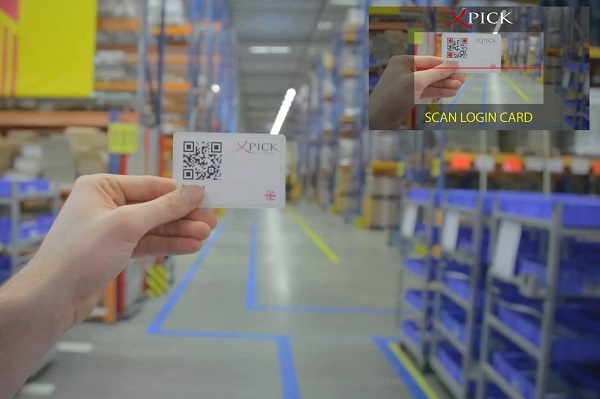
U.S. 3PL market grows 7%
U.S. third-party, contract logistics business grew at a faster rate than the domestic economy in 2002 for the eighth consecutive year, according to consultant Armstrong & Associates.
Gross revenue, net revenues and net income all increased. Gross revenue rose 6.9 percent, while net revenue, which subtracts expenses paid to transportation carriers from gross revenue, was up 7 percent.
Net income increased from 1.7 percent in 2001 to 3 percent in 2002. That compares with 2.4 percent growth for the U.S. Gross Domestic Product last year, according to the U.S. Department of Commerce.
Results for individual companies varied widely, according to Dick Armstrong, president of the Stoughton, Wis.-based consultancy. He estimates that contract logistics revenue at FedEx Corp. dropped 40 percent in fiscal 2002, reflecting a corporate decision to de-emphasize operations that do not put shipments exclusively into its trucks and airplanes.
Doug Witt, president of FedEx Supply Chain Services, disputed that assertion, saying that contract logistics business grew in the single digits. He declined, however, to provide specific dollar numbers. Witt said the FedEx unit will use other carriers when necessary, but that it always ensures FedEx Service levels.
Net revenue at United Parcel Service's Supply Chain Solutions' divisions increased significantly, Armstrong said, up 39 percent at UPS Logistics Group and 28 percent at the UPS/Fritz customs brokerage, as the Atlanta express giant puts more emphasis on non-package operations.
Armstrong said the most profitable 3PLs continue to be transportation managers. C.H. Robinson, Expeditors International and Landstar Logistics all had double-digit, after-tax net margins. All three of these companies again had significant net revenue growth. While gross revenue increased for the U.S. domestic transportation segment led by Robinson and Landstar, net revenues for the segment were flat as 3PLs with leasing and intermodal marketing company parents saw reduced revenues.
3PLs with value-added warehousing and distribution services, such as Exel, CAT Logistics and UPS Logistics had net revenue growth of 10.4 percent, down from 11.5 percent in 2001. Most significantly, these 3PLs improved their net income margins from 0.7 percent to 1.7 percent in 2002. This segment has been plagued by underpricing of its value-added services, Armstrong said. Tibbett & Britten has eliminated some unprofitable business, he added, while Exel and other major companies are taking steps to improve profitability.
Net revenue for the freight forwarding 3PL segment grew 5.7 percent, down from 6 percent in 2001. Profit margins improved from 2.8 percent in fiscal 2001 to 4.8 percent in 2002. This improvement is due to a narrowing of losses at Emery, the addition of UTi Worldwide and a realistic assessment of the net revenues of DHL Danzas in North America, Armstrong said.
Deutsche Post World Net, the parent of DHL Danzas, claims to use a "net revenue" model but allows purchased transportation to be incorporated in "net revenue." As a result, Armstrong continues to fine-tune his estimates for DHL Danzas, formerly Danzas AEI.
Dedicated contract carriage net revenue increased by 5.7 percent in 2002 after flat results in 2001. Carriers related to leasing companies such as Penske Logistics and Ryder System continued to lose market share. They now have about 35 percent of the market, down from just over half in 1995, Armstrong said. On the other hand, companies owned by truckload carriers such as Cardinal Transport, J.B. Hunt Transport, Schneider National, Swift Transportation and Werner Enterprises all had double-digit growth. These dedicated operations have the sustained advantage of relying on their parent company trucking networks to reduce backhaul miles and costs, Armstrong said.












